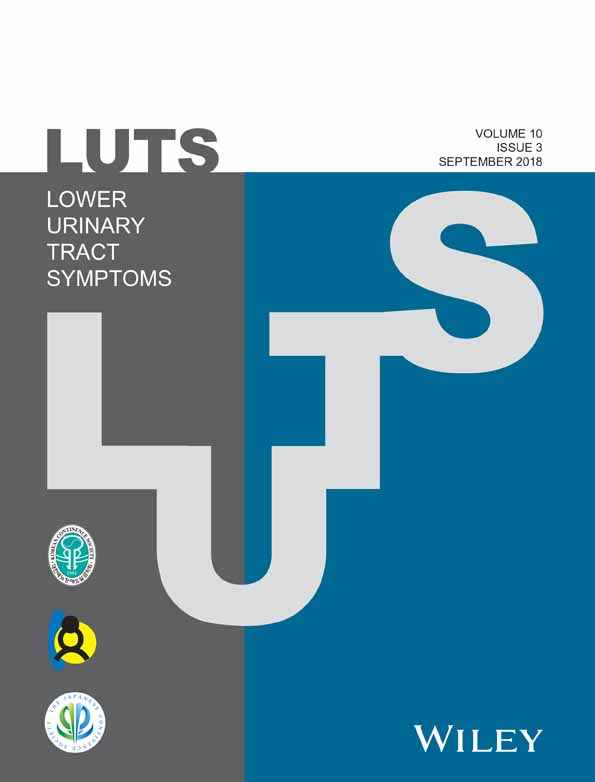Comparisons of the Clinical Outcomes and Urodynamic Effects of Mirabegron versus Tolterodine Treatment for Female Overactive Bladder Syndrome: A Subgroup Analysis of a Controlled, Randomised, Prospective Study
Abstract
Objectives
The impact of mirabegron on clinical outcome and urodynamic parameters may be important for clinical practice. Thus, the aim of this study was to compare the clinical outcomes and urodynamic effects of mirabegron (Betmiga 50 mg) versus tolterodine (Detrusitol ER 4 mg) treatment for women with overactive bladder syndrome (OAB).
Methods
Women with OAB were randomized to receive 12 weeks of mirabegron 50 mg, tolterodine extended-release 4 mg or placebo treatment. The clinical outcomes and urodynamic effects were compared between the subgroups.
Results
Thirty-three women completed 12 weeks of mirabegron (n = 12), tolterodine (n = 12) or placebo (n = 9) treatment. A significant increase in the volumes at strong desire to void and a decrease in the daytime frequency episodes were identified in the mirabegron and tolterodine groups (all P < 0.05). Nonetheless, a decrease in the total voided volume was identified following mirabegron treatment but not tolterodine (P = 0.02).
Conclusions
Mirabegron and tolterodine exhibit similar changes in the urodynamics and bladder diary parameters. However, mirabegron may decrease the total voided volume. These findings may serve as an initial guide or assist in consultations regarding the treatment of OAB patients with mirabegron.




